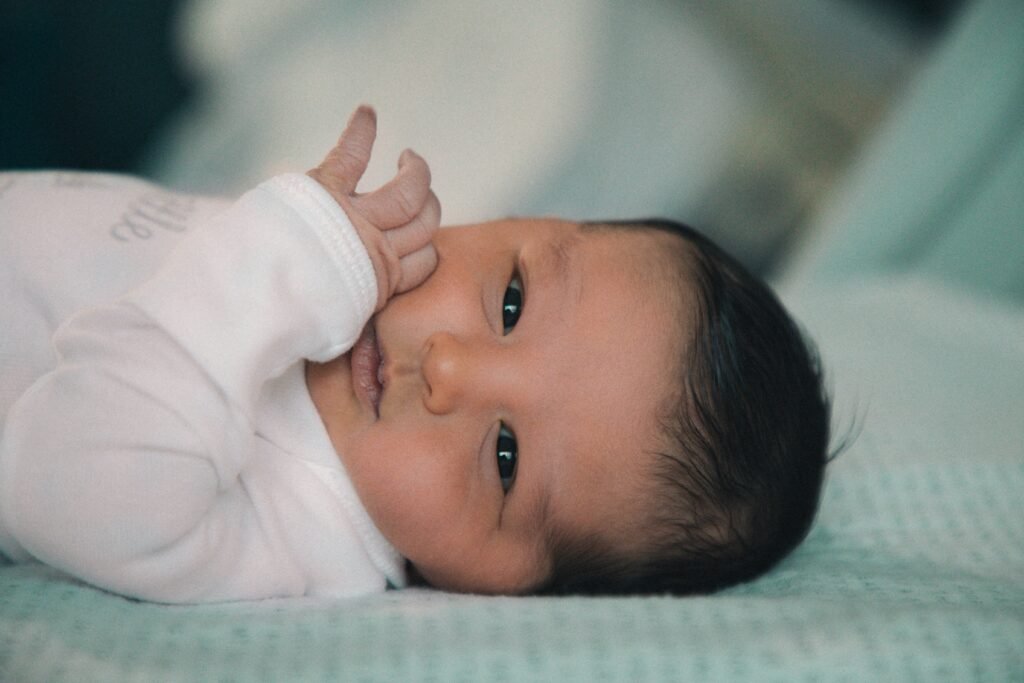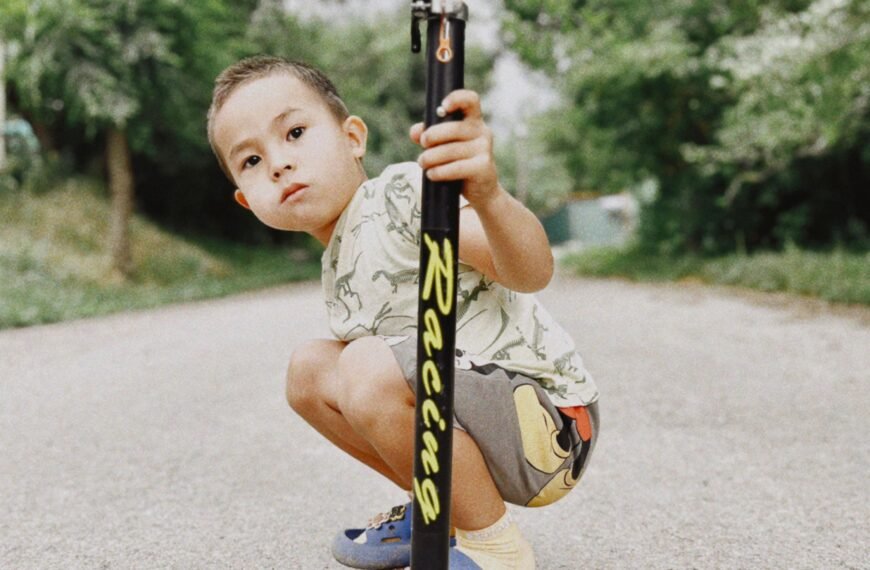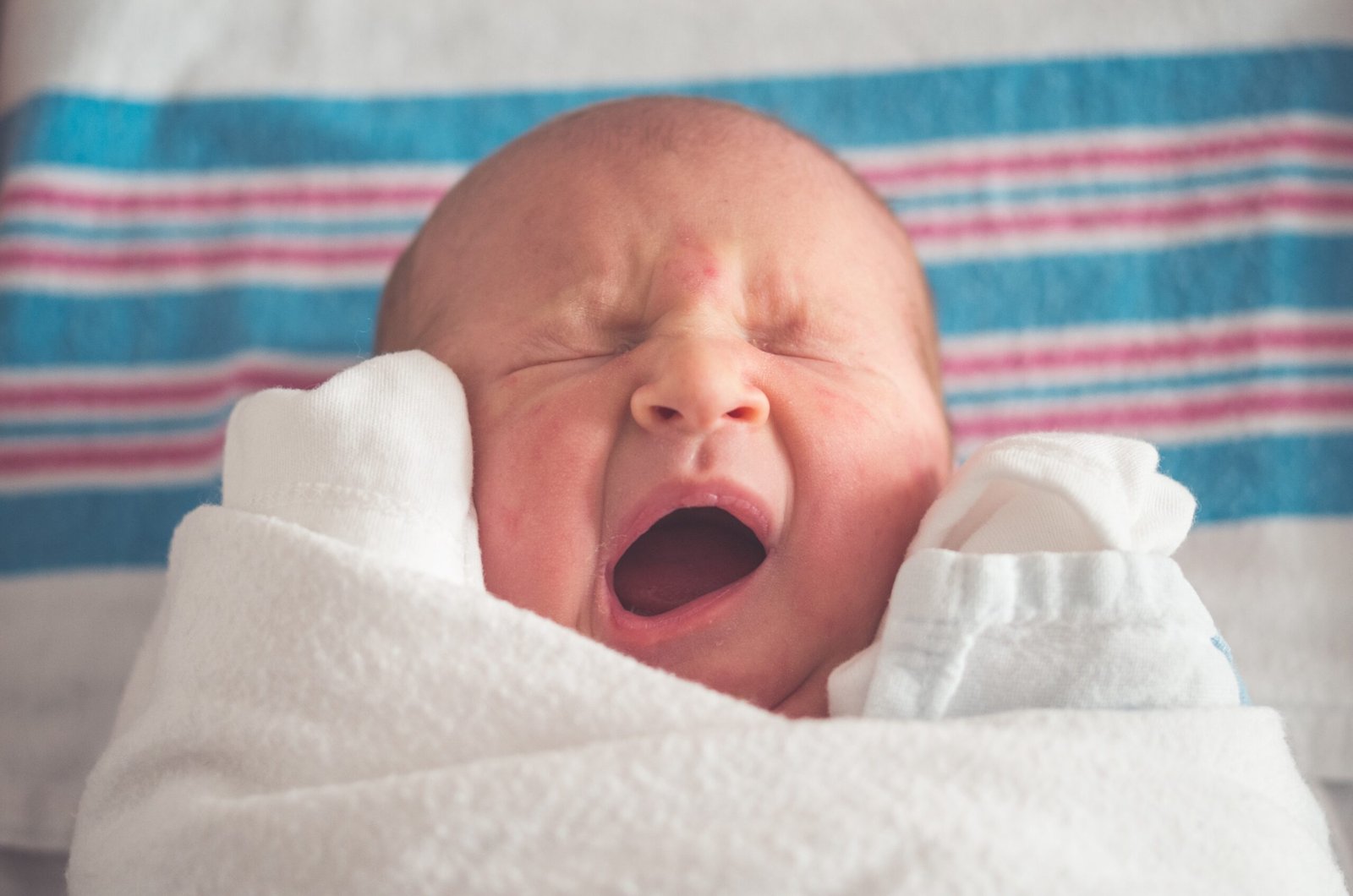Whether it’s the beloved teddy bear or the adorable elephant, baby stuffed toys often become cherished companions for little ones. However, as these toys are constantly cuddled and carried around, they can accumulate dirt, germs, and unexpected messes. In this article, you will discover simple and effective methods to keep your baby’s stuffed toys clean and safe, ensuring that they remain both hygienic and huggable for endless playtime adventures.

Check Baby Toys Guide & Review
Choosing the Right Cleaning Method
When it comes to cleaning your baby’s stuffed toys, it’s essential to choose the right method to ensure that the cleaning process is safe and effective. One of the first factors to consider is the toy’s material. Different materials require different cleaning techniques, so it’s important to check the toy’s label or packaging for any cleaning instructions provided by the manufacturer.
Spot Cleaning Small Stains
For small stains on your baby’s stuffed toys, spot cleaning is usually the most convenient and effective method. Start by gently removing any loose dirt or debris from the toy’s surface. You can do this by using a soft brush or a cloth. Once the loose dirt is removed, prepare a mild detergent solution by mixing a small amount of gentle detergent with warm water.
Using a clean cloth or sponge, dip it into the detergent solution and gently blot the stain. Avoid rubbing the stain, as this may cause it to spread or become more difficult to remove. After blotting, rinse the toy with cold water to remove any leftover detergent residue. Finally, allow the toy to air dry completely before returning it to your baby.
Machine Washing Larger Toys
When dealing with larger stuffed toys that are machine washable, machine washing can be a convenient and thorough method of cleaning. However, it’s important to check the toy’s label or packaging to ensure that it is indeed safe for machine washing. If the toy is suitable for machine washing, follow these steps to clean it effectively.
Before placing the toy in the washing machine, prepare it by removing any loose accessories or parts that may be damaged during the washing process. Secure any loose ends or openings by using safety pins or sewing them shut. Place the toy in a mesh laundry bag or pillowcase to protect it during the washing cycle.
Choose a gentle wash cycle and use a mild detergent suitable for delicate fabrics. It is recommended to wash the toy in cold water to prevent any shrinkage or damage to the material. Once the cycle is complete, remove the toy from the machine and inspect it for any missed stains or residue. Dry the toy completely, either by air drying or using a low heat setting in the dryer.
Hand Washing Delicate Toys
For delicate stuffed toys that cannot be machine washed, hand washing is a gentle and effective cleaning method. Follow these steps to ensure the toy is cleaned thoroughly without causing any damage.
Start by filling a basin with warm soapy water. You can use a mild detergent suitable for delicate fabrics or even baby shampoo. Submerge the toy in the water and gently scrub it with your hands or a soft brush. Be careful not to use excessive force as it may damage the toy’s material.
Once the toy is clean, rinse it with clean water to remove any soap residue. Gently squeeze out excess water, being careful not to twist or wring the toy as this may misshape it. Finally, allow the toy to air dry completely in a well-ventilated area, away from direct sunlight.

Removing Odors from Stuffed Toys
Over time, stuffed toys can develop unpleasant odors. To get rid of these odors, you can use a simple yet effective method involving baking soda.
First, sprinkle baking soda all over the toy, making sure to cover it thoroughly. Leave the baking soda on for around 15-30 minutes. During this time, the baking soda will absorb any unwanted odors. After the allotted time, vacuum the toy to remove the baking soda or shake it vigorously to dislodge the powder.
To further freshen up the toy, you can let it air out in a well-ventilated area for a few hours. This will help eliminate any remaining odors and leave the toy smelling clean and fresh.
Sanitizing Toys with Vinegar
If you’re looking for a natural and cost-effective way to sanitize your baby’s stuffed toys, vinegar can be a great option. Vinegar has antimicrobial properties that can help kill bacteria and germs on the toy’s surface.
To create a solution, mix equal parts water and vinegar in a spray bottle. Spritz the solution onto the toy, making sure to cover the entire surface. Let the solution sit on the toy for a few minutes, allowing the vinegar to work its sanitizing magic.
Afterward, wipe or rub the toy with a clean cloth to remove any dirt or grime. Finally, allow the toy to air dry completely before returning it to your baby’s play area.

Steam Cleaning for Deep Cleaning
For a more thorough and deep cleaning of your baby’s stuffed toys, steam cleaning can be an effective method. Steam cleaning not only cleans the surface but also helps eliminate any hidden dirt or bacteria.
To start, prepare your steam cleaner according to the manufacturer’s instructions. Hold the steam cleaner over the toy, ensuring that the steam covers the entire surface. Move the steam cleaner slowly to allow the steam to penetrate deep into the toy’s material.
After steam cleaning, it’s crucial to allow the toy to dry completely. This can be done by placing the toy in a well-ventilated area or using a fan to expedite the drying process. Ensuring that the toy is completely dry will prevent any mold or mildew from forming.
Dealing with Battery-Operated Toys
Many baby stuffed toys are battery-operated and require special attention when it comes to cleaning. To ensure the safety of both the toy and your baby, follow these steps when cleaning battery-operated toys.
Before cleaning, always remove the batteries from the toy. This will prevent any damage to the electronic components and reduce the risk of electrical malfunctions.
Clean the toy’s surface using a mild detergent solution or a gentle disinfectant wipe. Be careful not to let any liquid seep into the battery compartment or other openings that may damage the toy’s internal mechanisms.
Avoid submerging the toy in water as it may damage the electronic components. Instead, focus on cleaning the exterior surface of the toy.
After cleaning, allow the toy to thoroughly dry before reinserting the batteries. This will ensure that the toy is safe for your baby to play with and minimize the risk of any electrical malfunction.
Preventing Future Dirty Toys
Cleaning your baby’s stuffed toys regularly is important, but it’s equally crucial to take preventive measures to keep them clean for longer periods. Here are some tips to prevent future dirt and stains on your baby’s toys.
Encourage regular washing by making it a habit to clean your baby’s stuffed toys periodically. Set a schedule to ensure that the toys are cleaned regularly, especially if they are frequently played with or exposed to dirt.
Keep toys away from food and drinks to prevent any spills or accidental staining. Establishing designated areas for eating or drinking can help minimize the risk of toys getting dirty.
Establish toy cleaning habits by teaching your child about the importance of keeping their toys clean. Encourage them to participate in the cleaning process and make it a fun activity for them. This not only promotes responsibility but also helps maintain a clean and hygienic play environment.
Ensuring Toy Safety
Aside from cleaning, it’s essential to regularly inspect your baby’s stuffed toys to ensure their safety. Over time, wear and tear can occur, posing potential hazards to your child. Here’s how you can ensure the safety of your baby’s toys.
Check for any loose stitching or small parts that may pose a choking hazard. If you notice any loose stitches, repair them promptly. Additionally, make sure all small parts, such as buttons or eyes, are securely attached and cannot be easily detached.
Inspect the toy for wear and tear, such as frayed edges or ripped seams. These defects can weaken the toy’s structure and increase the risk of a tear, potentially exposing stuffing or other parts that may be harmful to your baby.
By regularly examining your baby’s stuffed toys, you can identify potential safety issues and take appropriate action to prevent accidents or injuries.
In conclusion, cleaning your baby’s stuffed toys is essential for maintaining a clean, hygienic, and safe play environment. By choosing the right cleaning method based on the toy’s material and following proper cleaning procedures, you can ensure that your baby’s toys stay fresh, odor-free, and free from any potential health risks. Regular maintenance and preventive measures will not only prolong the lifespan of the toys but also protect the well-being of your little one during playtime.














